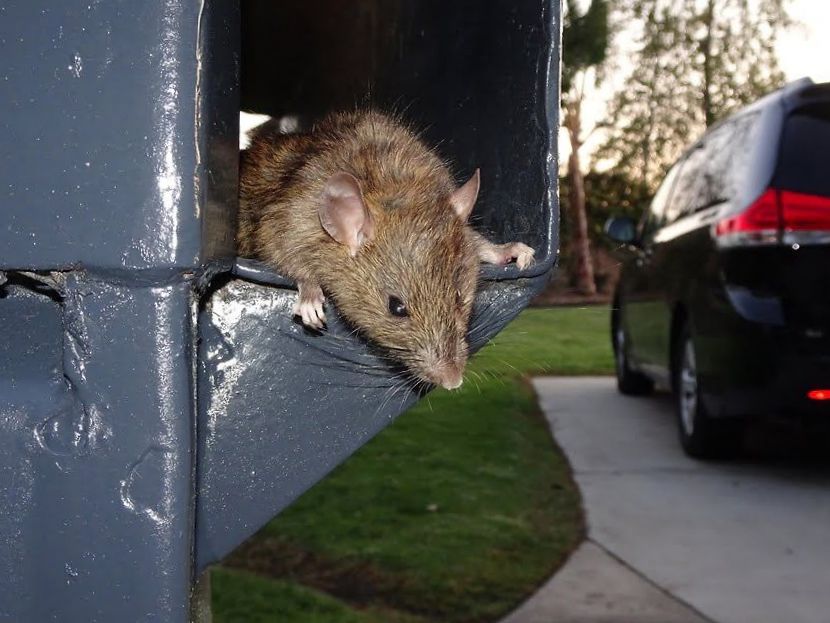
If you are using rat traps to get rid of rats but they don't appear to be working, there are simple changes you can make to make them more successful. These are simple changes, although some of them are a little time-consuming, but you CAN successfully trap rats and remove them from your property. You just need to know how.
When rat traps don't work, regardless of trap type, it will usually be down to one of two reasons:
1) The rat doesn't see or go near the trap naturally.
2) The rat is smart to the trap and, therefore, avoids it.
Wrong Trap Placement
The first one is relatively easy to sort out — you simply move the traps around until you find a place where they are successful. Rats won't go out of their way just because there's a little bit of peanut butter on a trap in the depths of your home. There is too much easy food around to go to all that effort. If you were to place that trap with the peanut butter bait along a route that the rat would naturally travel, however, the situation is different. It comes across the peanut butter, quite fancies a snack, and boom. The job is done, for one rat at least.
Finding those little sweet spots for traps isn't overly difficult, either. If you see poop or rat urine, put traps there. They defecate as they run along. The more poop you see, the higher the number of rats that use the space. It could also be a case where one or two rats have used that route very regularly. Either way, set your traps in places that the rat would regularly go. Don't expect the rat to change its routine for you.
You should also keep your eyes peeled for dead rats, signs of chewing, urine or fur-grease stains, and leftover or nibbled food. These are all signs of rat activity.
Could it be bait that causes unsuccessful rat traps? Yes, it could. This is quite rare, however. Rats are scavengers that eat food out of the garbage, so it's not really like this species to turn down a meal unless there's a damn good reason for it.
Smart or Trap Shy Rats
If you have the second reason — a rat that is "trap-smart" or "trap-shy" — the situation is a little bit more complex, but can still be resolved. This one takes a little bit of time.
Over the course of a week or two, you will want to "stagger" the trapping stages. Stage one would be to place the trap down, unset, and without bait. There is nothing to lure the rat closer, but there's also nothing to trap the rat or cause its demise either. After a couple of days, the rat colony will get used to the new piece of furniture in their habitat and basically forget it's even there.
That's when you add the food. You still don't set the trap, but you do add bait to the mix. Peanut butter seems to lure rats in quite well, but you could also use breakfast cereal, bread or other grains, and even leftovers from dinner. Just bear in mind that whatever you use will have a lifespan. Fresh food will go badly quickly. Dried or preserved foods will not.
The rat should become comfortable taking food from the new piece of furniture over the next few days. The trap doesn't spark into life and kill or capture the animal, so it will get braver and braver, encouraging others in the colony to be brave too. Once you notice that the food is being taken from the trap, you can start to think about now setting the trap.
Although a long process, letting the rodents become accustomed to the new trap will work in your favor to combat "trap shy" or "trap smart" rats.
Go back to the pestcontrolrat.com home page.
Copyright 2021 - pestcontrolrat.com
Nationwide Rat Control Services